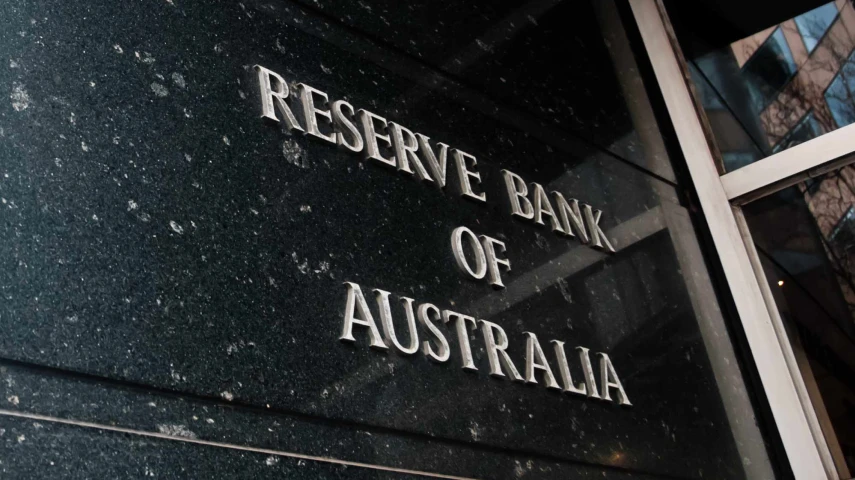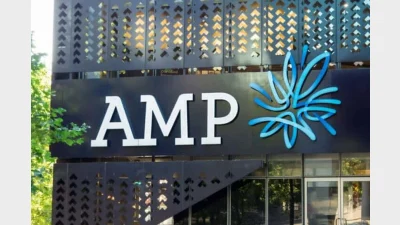RBA unveils latest rate decision



The Reserve Bank of Australia (RBA) has left the cash rate unchanged at 4.35 per cent for the fifth consecutive time but reiterated that it can’t rule anything “in or out” in light of recent strong jobs and inflation data.
According to the RBA’s statement, despite sticky service inflation, monetary policy is set at the right level to move inflation into the target band of between 2 and 3 per cent.
The bank’s decision did not surprise economists or traders, with both predicting the bank would hold this week.
Commenting on the hold, CreditorWatch’s chief economist Anneke Thompson said she feels it is unlikely the RBA will move the cash rate higher from here.
“Rather, the likely scenario is for the RBA to maintain the pressure on prices by keeping the cash rate at 4.35 per cent in to early 2025, and only reducing it once the impact of lower migration levels begin to impact services inflation,” Thompson said.
VanEck’s head of investments & capital markets Russel Chesler agreed that any reduction to the cash rate is a “long way off”.
“We don’t see a rate cut happening until 2025 – and possibly not until midyear. Since the RBA last met, we haven’t seen evidence of inflation easing. In fact, there are some indicators that inflation may be re-accelerating. All eyes will be on the CPI print next week to see whether inflation has changed direction,” Chesler said.
Earlier this week, ahead of the RBA’s meeting, GSFM investment strategist Stephen Miller predicted that the bank would leave the cash rate unchanged and maintain its “not ruling anything in or out” mantra, which he deemed “appropriate” in the wake of recent data.
Looking ahead to the RBA’s next meeting in August, Miller deemed that if there is a further upside surprise in the June quarter inflation numbers, the board may need to consider increasing the policy rate.
“My best guess – and it is just a guess – is that a further hike is unlikely given the likelihood that underlying weakness in activity growth will show through in a weaker labour market and allow a more confident projection of inflation declining toward target,” Miller said.
“The most likely scenario is an extended pause in any policy rate adjustment until the RBA is convinced that its current trajectory for the return of inflation to target is secure. That argues for a policy rate cut toward the end of the year or sometime in the first half of 2025.”
Last week, economists broadly agreed that rate cuts are off the table for the entire year, with a majority forecasting the bank would adopt a rather hawkish tone at its June meeting.
At the time, ANZ also pushed back the likely timing of the central bank’s first interest rate cut to February 2025. The bank had earlier said it expects a cut as soon as November this year.
While the CBA still anticipates a cut in late 2024, its head of economics Gareth Aird said “the risk to our call is increasingly moving towards a later start date for an easing cycle”.
Recommended for you
Advice licensee Centrepoint Alliance has entered an agreement to acquire the comprehensive financial advice book of the super fund’s subsidiary firm.
A coalition of industry groups including the SMSF Association is demanding the government and the opposition “immediately and unequivocally rule out any move to tax unrealised investment gains in any part of the tax system”.
AMP’s new chair has used his inaugural AGM address to call for policy reform on the “decumulation” phase of superannuation and position AMP as a key player in addressing the challenge.
Reserve Bank governor Michele Bullock has quashed hopes of an out-of-schedule rate cut, telling an event in Sydney that it remains too early to determine the trajectory of interest rates as the RBA grapples with growing global economic volatility.












